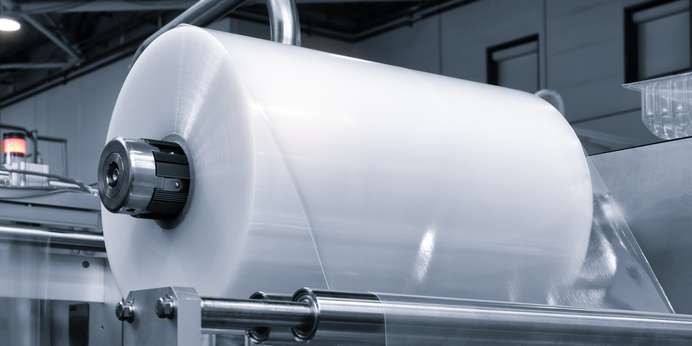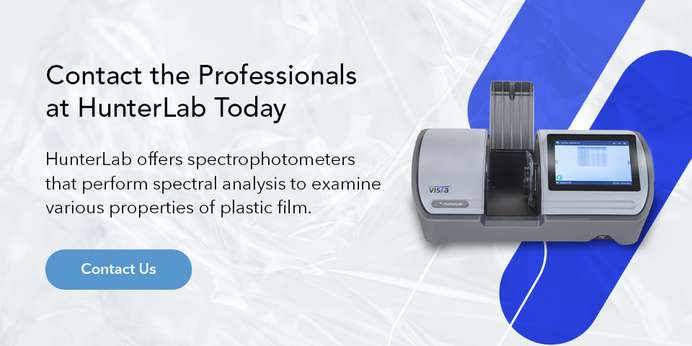
Accurately measuring transparent plastic film's color allows you to meet industry standards and produce items that appeal to the customer. When measuring the color of transparent plastic film, keep these six things in mind:
1. Understand the Influence of the Production Process on Transparent Film Color
When measuring the color of transparent plastic film, it is important to anticipate the color changes that occur during production. The production variables that can influence transparency start with variations in the plastic film's properties, such as thickness, raw or recycled materials, and opacity. Additionally, the presence of additives or plastic colorants can also affect transparency.
Steps involved in the production process, including heat treatments, molding, or melting during extrusion, can also cause color shifts in your plastic film.
2. Consider the Role of Haze
Clarity is often a sought-after attribute in transparent film applications. In those cases, the aim is to have a transparent plastic film where the objects behind it can be seen clearly. Haze can create a cloudy-like appearance that lowers the clarity of objects viewed behind the film. It is caused by the scattering of light in the material.
In applications where high clarity is an important factor, haze measurement of plastic film needs to be implemented to ensure the best results.


